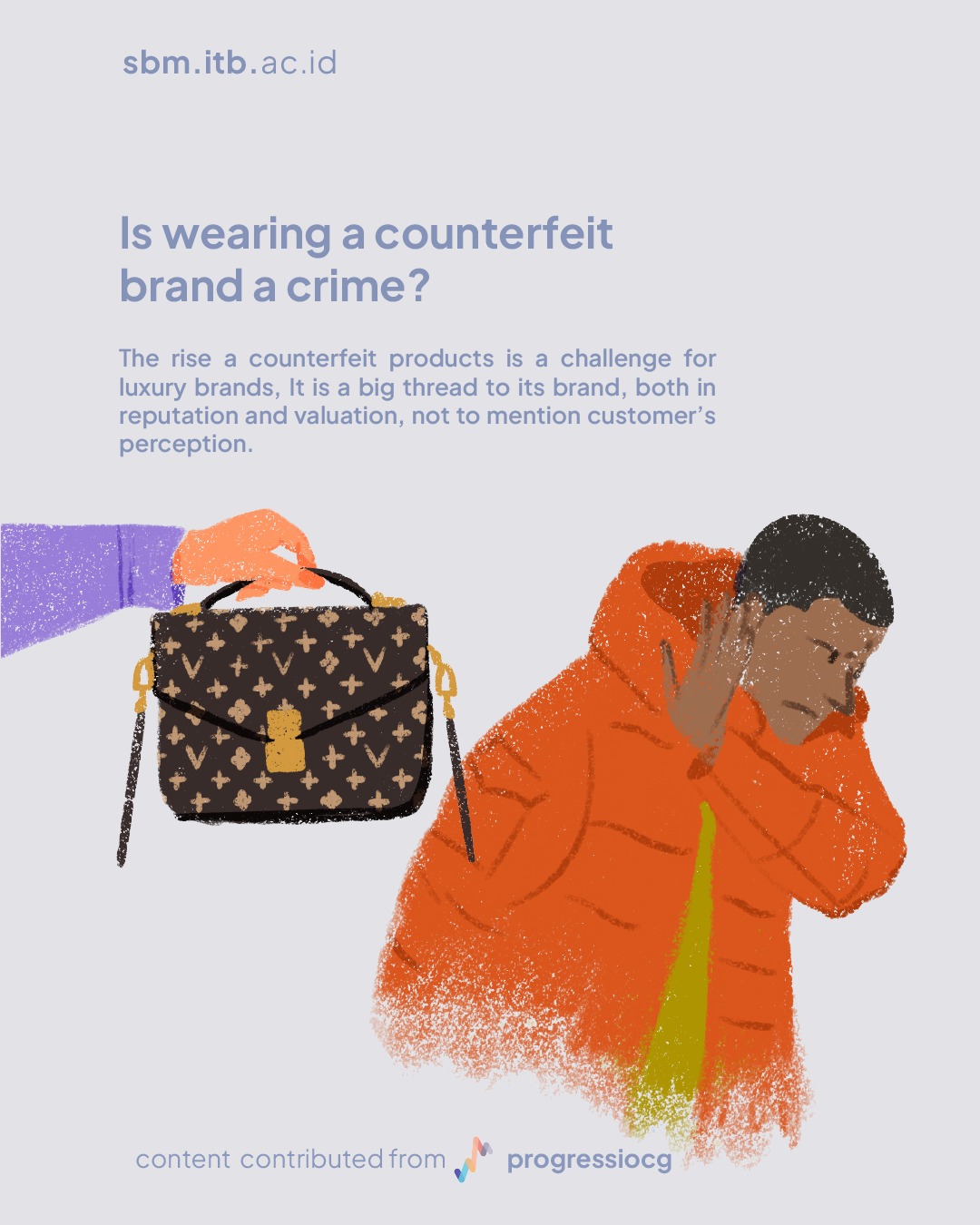“It’s easier than ever to buy fakes online”
Does spending $2,500 on a branded good made in China look smart when you can get a made-in-China fake version (possibly from the branded company’s supplier) that looks pretty much the same?
One reason for the explosion in counterfeiting is easy access to these goods online. However, the main problem faced by luxury sector to the counterfeiting lies less in fighting counterfeiters and more rediscovering in what made the brands great in the first place.
What Is A Counterfeit?
A counterfeit product is referred to as a direct copy of another original product of a valuable brand, from the design and style to the packaging and logos, but with generally inferior quality to make consumers think they are buying the original branded product.
This happens due to recent moves by luxury brands themselves
Top-tier labels dramatically raised prices in the past two years, effectively icing out middle-class customers who might previously have considered the occasional splurge on a real Chanel or Louis Vuitton bag.
—
As more luxury brands move manufacturing from Europe to Asia, it’s helped fuel the belief that the “dupes” they’re buying are in fact made by the same factories that create products for top brands.
Today, the total trade in fakes is estimated at around $4.5 trillion, and fake luxury merchandise accounts for 60% to 70% of that amount, ahead of pharmaceuticals and entertainment products. Digital plays a big role in this and perhaps 40% of the sales in luxury fakes take place online.
What are the consequences for the luxury industry?
These counterfeit products cost companies millions if not billions of dollars each year and can have detrimental effects on their brand’s image. Moreover, they are not only the source of dissatisfaction for customers who are tricked into buying fake low-quality items, but they can also cause serious health and safety issues as these products do not necessarily comply with the regulations in place.
How Do Brands Fight Back?
In 2021, LVMH, Prada, and Richemont-owner Cartier partnered on the Aura Blockchain Consortium, a blockchain solution that offers shoppers tamper-proof access to information about the product’s supply chain and proof of ownership. The RealReal, too, operates a machine learning-based image recognition programme called Vision that allows its authentication process to be more automated.
Still, no tool is infallible. Counterfeiters are constantly adapting their methods too. One common scheme entails buying an authentic product at department store and returning a duped version.
So, what should the company be doing instead?
Going Beyond the Logo
Logos are easy to knock off, but good craftsmanship isn’t. To make fakes less attractive to consumers, luxury firms will need to emphasize a style and quality that is tough to replicate and is independent of the logo. Emphasizing traditional craftsmanship, handmade components, and heritage techniques is a powerful way of infusing a brand with authenticity.
In your opinion, what should the luxury brands do to step up their game in protecting their brands from counterfeiters?
References
Group, P. (2022). Retrieved from https://www.paragon-id.com/en/inspiration/luxury-products-and-counterfeiting-challenges-and-solutions
Chen, C. (2022, October 18). Business of Fashion. Retrieved from https://www.businessoffashion.com/articles/luxury/fashion-counterfeit-problem-authentication-technology/
Group, S. (2022, May 6). Retrieved from https://stefanini.com/en/insights/news/economic-impact-of-counterfeit-products-for-luxury-brands
Roberto Fontana, S. J. (2019, May 24). Harvard Business Review. Retrieved from https://hbr.org/2019/05/how-luxury-brands-can-beat-counterfeiters




